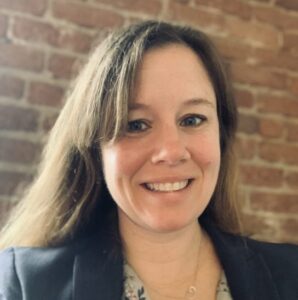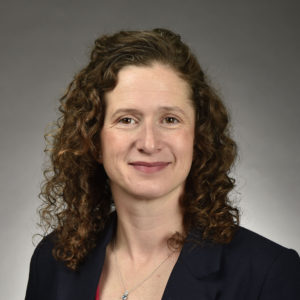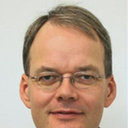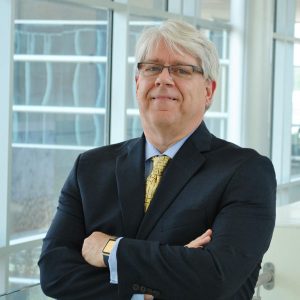Institutional Members
-
Jared DeCoste
Dr. DeCoste is a Research Chemist at CCDC Chemical and Biological Center (formerly the Edgewood Chemical Biological Center (ECBC)) leading the Biological Engineering for Applied Materials Solutions (BEAMS) program. His last 9 years of experience at ECBC have been in the Chem/Bio Protection Division mainly focusing on novel materials development for the remediation of chemical threats. His work has led to more than 50 manuscripts, 50 oral presentations, and 5 patents, on his research. His work has been highlighted by periodicals/news outlets including Chemical and Engineering News, Materials Today, Fox News, Science Daily, CBRNE World, and Nature. Dr. DeCoste has been recognized by his superiors and peers through numerous awards including the ACS Maryland Chemist of the Year Award, Achievement Medal for Civilian Service, ECBC’s Rookie of the Year for Outstanding Early Career Achievement, ECBC’s Safety Award, ECBC’s STEM Volunteer Award, Leidos’s Publication Prize for Physical sciences, and the 2018 Md ACS Chemist of the Year Award. His work in the BEAMS program has been a highlight of his career thus far as it has allowed him to collaborate and innovate in ways that only working in a highly interdisciplinary field allows. His work has always revolved around finding unique ways to progress science through working together, as evidenced in the pride he takes in aiding others through mentorship, encouraging collaboration, and developing opportunities to learn and evolve in the ever changing scientific landscape.







